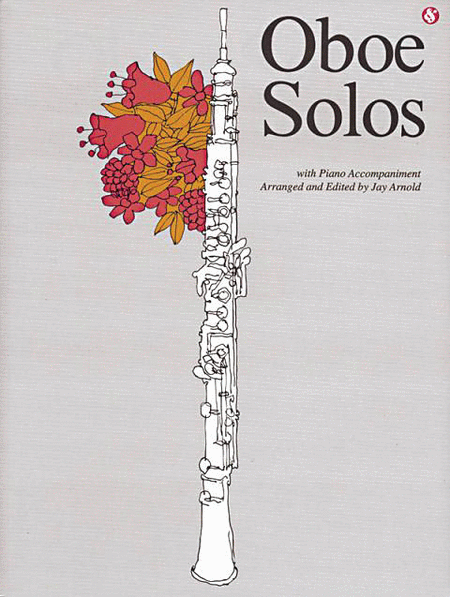Antonio Lucio Vivaldi (1678 – 1741) was an Italian
Baroque musical composer, virtuoso violinist, teacher,
and priest. Born in Venice, the capital of the Venetian
Republic, he is regarded as one of the greatest Baroque
composers, and his influence during his lifetime was
widespread across Europe. He composed many instrumental
concertos, for the violin and a variety of other
instruments, as well as sacred choral works and more
than forty operas. His best-known work is a series of
violin concerto...(+)
Antonio Lucio Vivaldi (1678 – 1741) was an Italian
Baroque musical composer, virtuoso violinist, teacher,
and priest. Born in Venice, the capital of the Venetian
Republic, he is regarded as one of the greatest Baroque
composers, and his influence during his lifetime was
widespread across Europe. He composed many instrumental
concertos, for the violin and a variety of other
instruments, as well as sacred choral works and more
than forty operas. His best-known work is a series of
violin concertos known as the Four Seasons.
Details regarding Vivaldi's early life are few. His
father was a violinist in the Catherdral of Venice's
orchestra and probably Antonio's first teacher. There
is much speculation about other teachers, such as
Corelli, but no evidence to support this. Vivaldi
studied for the priesthood as a young man and was
ordained in 1703. He was known for much of his career
as "il prete rosso" (the red-haired priest), but soon
after his ordination he declined to take on his
ecclesiastical duties. Later in life he cited ill
health as the reason, but other motivations have been
proposed; perhaps Vivaldi simply wanted to explore new
opportunties as a composer. It didn't take him long.
Landing a job as a violin teacher at a girls' orphanage
in Venice (where he would work in one capacity or
another during several stretches of his life), he
published a set of trio sonatas and another of violin
sonatas. Word of his abilities spread around Europe,
and in 1711 an Amsterdam publisher brought out, under
the title L'estro armonico (Harmonic Inspiration), a
set of Vivaldi's concertos for one or more violins with
orchestra. These were best sellers (it was this group
of concertos that spurred Bach's transcriptions), and
Vivaldi followed them up with several more equally
successful concerto sets. Perhaps the most prolific of
all the great European composers, he once boasted that
he could compose a concerto faster than a copyist could
ready the individual parts for the players in the
orchestra. He began to compose operas, worked from 1718
to 1720 in the court of the German principality of
Hessen-Darmstadt, and traveled in Austria and perhaps
Bohemia. Throughout his career, he had his choice of
commissions from nobility and the highest members of
society, the ability to use the best performers, and
enough business savvy to try to control the publication
of his works, although due to his popularity, many were
published without his consent. Later in life Vivaldi
was plagued by rumors of a sexual liaison with one of
his vocal students, and he was censured by
ecclesiastical authorities. His Italian career on the
rocks, he headed for Vienna. He died there and was
buried as a pauper in 1741, although at the height of
his career his publications had earned a comfortable
living.
One of four works composed by Vivaldi to feature the
lute, RV 93 is a chamber concerto scored for solo
strings and lute. During Vivaldi's lifetime, the lute
was nearing the end of a long and distinguished career
as a solo instrument, its final glory achieved in the
suites of Bach and his fellow German, Silvius Weiss.
The D major Concerto, along with the Trios for violin
and lute in G minor, RV 63 and C major, RV 85 was
composed in Bohemia during the 1730s. In this short,
attractive three-movement work, Vivaldi exploits the
instrument's timbres and ability to play arpeggios to
appealing affect. It opens with an Allegro giusto whose
ritornello contrasts a tuneful opening theme with a
more lyrical motif in the minor mode. The soloist
enters to the same material, which is worked out with
typical alternation between soloists and strings. The
central Largo is a reflective meditation by the soloist
over sustained violin accompaniment and pizzicato bass,
with an exquisitely simple shift from triple to duple
meter, while the final Allegro brings a return to the
high spirits of the first subject of the opening
movement and has a bit of tarantella-like feel with its
6/8 rhythms. As with Vivaldi's other lute works, the
concerto in D was not published during Vivaldi's
lifetime. The autograph manuscript is preserved in the
Biblioteca Nazionale, Turin.
Source: AllMusic
(https://www.allmusic.com/artist/antonio-vivaldi-mn0000
685058/biography ).
Although originally created for Lute, 2 Violins,
Strings & Basso Continuo, I created this Arrangement of
the Concerto in D Major (RV 93) for 3 Oboes & Strings
(2 Violins, Viola & Cello).









